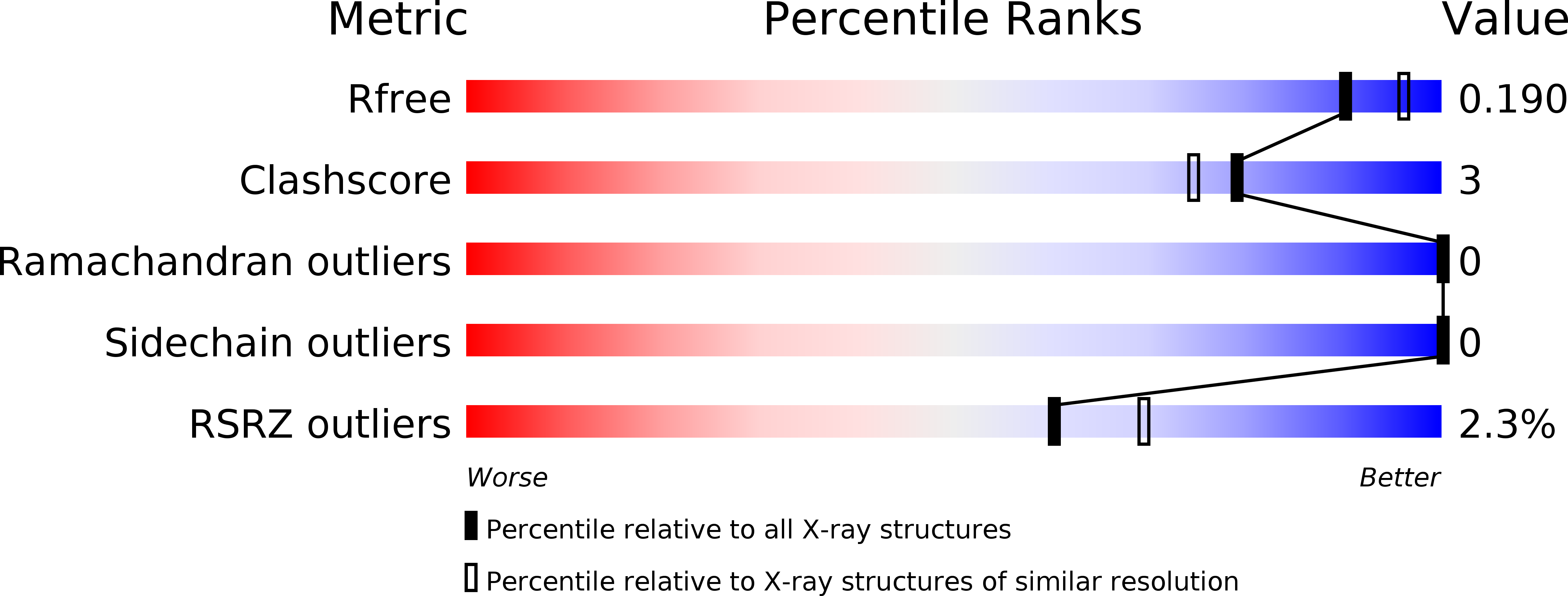
Deposition Date
2019-02-25
Release Date
2019-07-10
Last Version Date
2024-11-13
Entry Detail
PDB ID:
6QTX
Keywords:
Title:
Crystal structure of an Arabidopsis WD40 domain in complex with a flowering transcription factor homolog
Biological Source:
Source Organism:
Arabidopsis thaliana (Taxon ID: 3702)
Host Organism:
Method Details:
Experimental Method:
Resolution:
1.95 Å
R-Value Free:
0.18
R-Value Work:
0.13
R-Value Observed:
0.14
Space Group:
P 21 21 21


